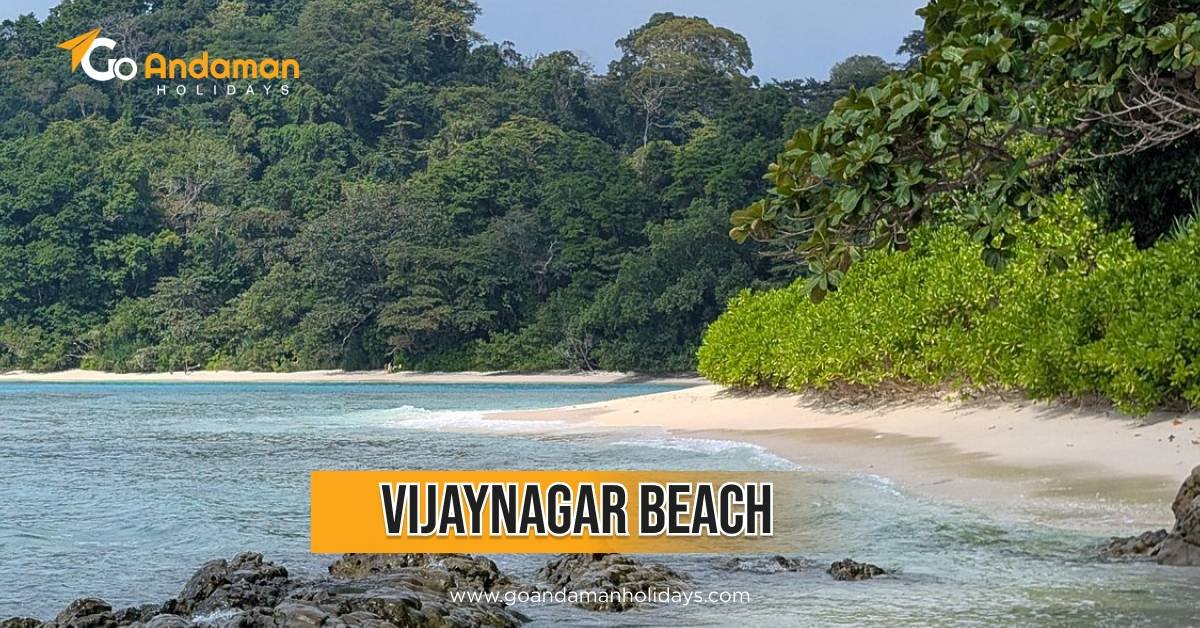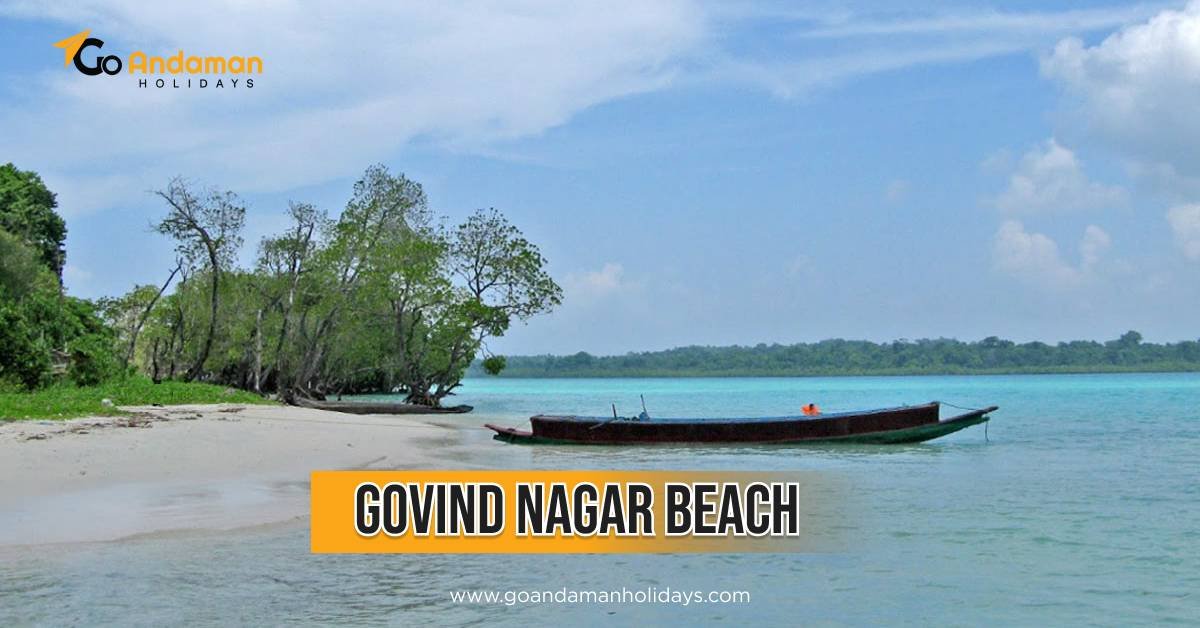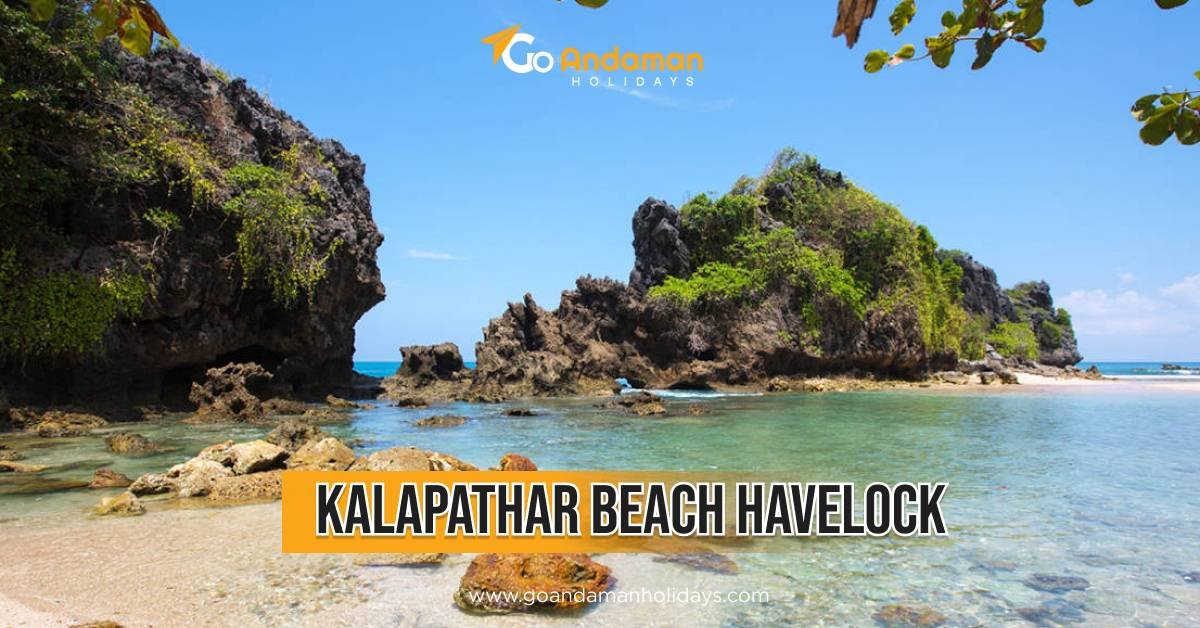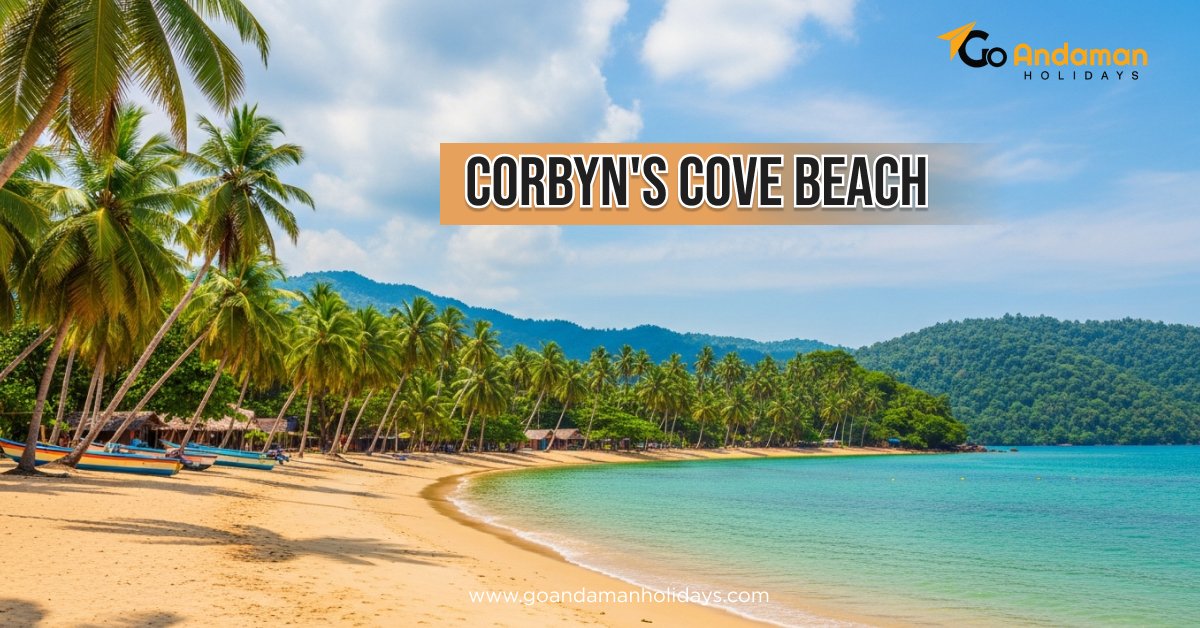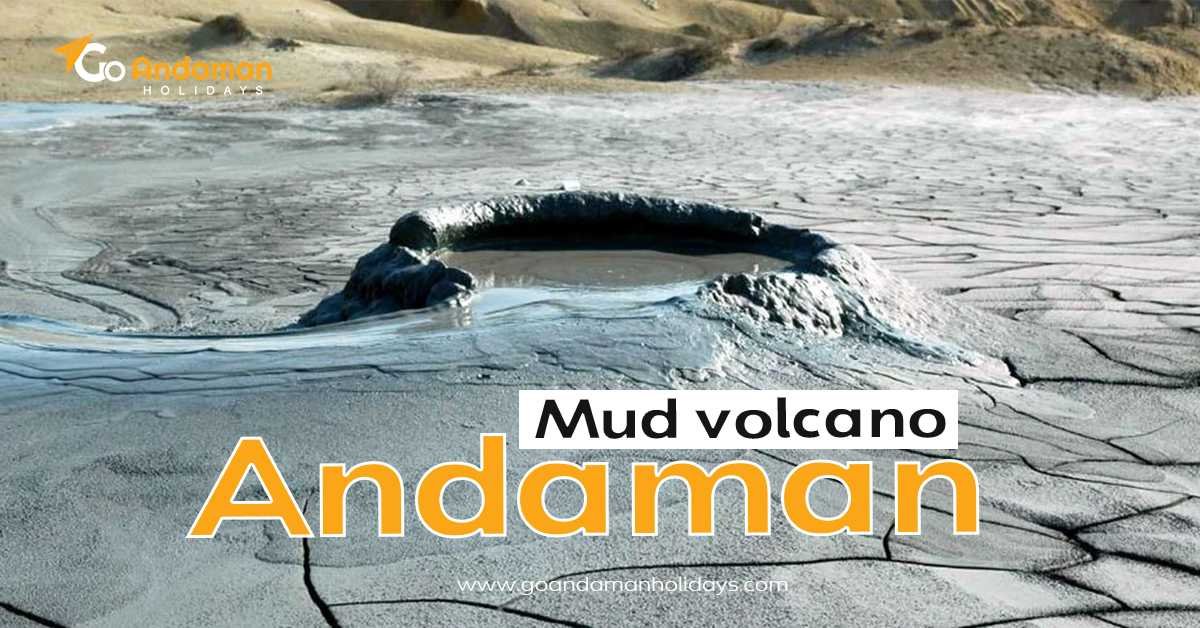
- Go Andaman Holiday
- 18-09-2024
- 0 Comments
How to Explore the Mud Volcanoes of Andaman?
The Andaman and Nicobar Islands, lying in the Bay of Bengal, are known for their mesmerising natural beauty and special geological formations.
Their most fascinating mud volcanoes come under infrequent phenomenon to attract visitors from all over the world.
This is a blog based on the mud volcanoes of Andaman, what lies in them, and why you should visit.
What are mud volcanoes?
Mud volcanoes are landforms that originate when a mixture of gas, water, and fine sediment is pushed or thrown upwards from beneath the surface of the Earth.
In contrast to other kinds of volcanoes that spew out hot lava, mud volcanoes let out cold mud and gases to build small cone-shaped mounds.
The mud volcanoes in Andaman are a lot more than their visual appeal; these formations reflect the geological activities of this region.
Key locations
Let us explore the main attractions when it comes to mud volcanoes.
Baratang Island:
It is the abode of some most active mud volcanoes, Baratang Island is easily accessible by boat and a small trek. Jalki Mud Volcano is one of the largest and most active.
Diglipur:
Located in North Andaman, the Diglipur Mud Volcano is famous for its pools of mud and is one of the main tourist attractions.
Other Prominent Volcanoes:
The interview Island
This mud Volcano is one of the most active mud volcanoes in the region and the world. It has erupted mud and gases in craters.
Barren Island:
Only active volcano in India- a rare look into the volcanic activity, it is a perfect blend of adventure and research.
Neil Island Mud Volcano:
Although considered dormant, it is still very attractive for tourists due to its peculiar geology and beautiful surroundings.
Why visit mud volcanoes?
Ever wondered why you should visit a mud volcano once in a lifetime?
Unique Geomorphic Features
The mud volcanoes in Andaman are part of those rare geological wonders since only 11 have been known to exist in the whole island chain. The formation process is of interest as it is attached to the ability of natural gases, being emitted from decaying organic matter on the ground.
Scientific Research Endeavor
The mud volcanoes are of immense significance for the geological activities taking place in the region and could form a nucleus of some scientific research. Their time of eruption, gas content, and effects on the surrounding physical environment may reveal some key discoveries.
Mud Therapy Baths
The locals believe that the mud thrown out by the volcanoes has therapeutic properties. These cooler mud volcanoes could be developed into natural spas to offer therapeutic mud baths to visitors for relaxation and rejuvenation purposes.
Adventure Tourism Opportunities
The mud volcanoes can be packaged as part of adventure tourism packages in Andaman. Hiking trails towards the volcanoes, as well as other activities like trekking, kayaking, and camping, would also be appealing to the adventurous traveller.
Adventure and Nature
The surrounding landscapes are a perfect combination for nature lovers and adventure seekers, having great views and opportunities to explore.
Safety Precautions
Mud volcanoes can be visited, but, like everything else in this world, safety has to be considered:
1. Keep Your Distance: Mud volcanoes are quite volatile and might erupt at any time. Keep away from the volcanoes and adhere to the guidelines given by signs on site.
2. Do Not Smoke: Mud volcanoes can emit flammable gases; thus, smoking or lighting fire near the volcano is not allowed.
3. Respect local tribes, if present around. Refrain from clicking pictures or communicating without permission.
4, Wear appropriate shoes since the ground containing mud volcanoes is undulating and slippery. Wear strong and non-slippery shoes that will help you tackle such incidents.
5. Stay on given ways: There are marked ways, so follow those. Going away from those ways could be dangerous.
6. Bring Water to Drink: Andaman has sunny weather and humidity. Bring ample water to keep your body hydrated during your visiting time.
7. Wear Sunscreen: Sun rays are harmful to our skin, so use sunscreen with a hat and sunglasses.
8. Follow the Instructions of Your Local Guide: In case one goes on a guided tour, then just abide by whatever your local guide says because they will have much knowledge about the place you will visit and inform you about every potential danger.
9. Avoid Mud Contacting: Muddy emissions from volcanoes may contain harmful bacteria or chemicals in them. Avoid having it on the skin and directly contacting it.
Frequently Asked Questions (FAQs)
1. What is a mud volcano?
A mud volcano is a geological wonder that comprises pressured gas and fluid along with sediment that reaches the ground upwards to the surface along with mud in small craters.
2. Where are mud volcanoes in the Andaman?
Mud volcanoes are found in Baratang Island, Diglipur, and Interview Island. From these, Baratang is the most visited by tourists.
3. Is it safe to see mud volcanoes?
Well, yes, mud volcanoes are safe to visit, but a person must observe them from afar since they may erupt, just like regular volcanoes, and might have unstable ground.
Conclusion
The Mud Volcanoes of Andaman are one of the amazing natural wonders, demarcating the dynamic and ever-reshaping topography of these islands.
Name it for geology enthusiasts or simply those looking forward to a different kind of adventure. These mud volcanoes are places that one should not miss in their lifetime.
Plan your visit to witness the beauty and enigma of this natural wonder!
So, buckle up for an adventure like no other! The mud volcanoes of Andaman are waiting to surprise you with their bubbling beauty and quirky charm.
Just remember: ensuring your safety, and having fun is a must, and let nature's wonders blow your mind!
YOU MAY READ ALSO:-

